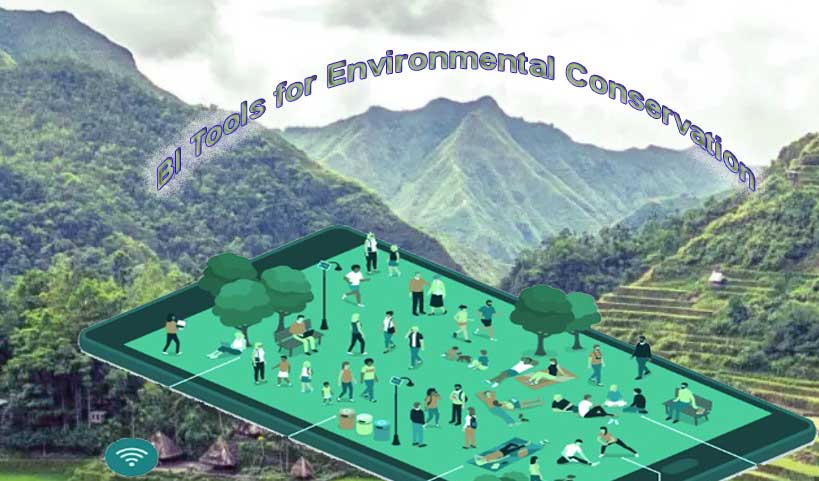BI Tools for Environmental Conservation

Business Intelligence (BI) tools are invaluable to environmental conservation efforts because they enable organizations and conservationists to collect, analyze, and visualize data related to environmental initiatives and sustainability goals.
BI tools that can be applied to environmental conservation
Here are some BI tools that can be applied to environmental conservation:
Tableau: Tableau is a widely used BI tool known for its powerful data visualization capabilities.
Environmental organizations can use it to create interactive dashboards that display data about biodiversity, ecosystem health, climate change, and other important environmental factors.
Power BI: Microsoft’s Power BI is a versatile tool for data analysis and visualization. This can help conservationists track and report conservation efforts, including wildlife population data, habitat restoration and carbon footprint reduction.
QlikView/Qlik Sense: Qlik BI tools offer data analysis and visualization capabilities that are useful for environmental organizations. They can use these tools to analyze data related to species conservation, pollution monitoring, and sustainability initiatives.
SAP BusinessObjects: SAP’s BI platform, BusinessObjects, can be applied to environmental conservation to track key performance indicators (KPIs) related to sustainability and conservation efforts. This helps in reporting water usage, energy consumption, and waste reduction.
Domo: Domo is a cloud-based BI platform that can integrate data from multiple sources, making it suitable for tracking environmental data from IoT devices, remote sensors, and field observations.
This helps organizations make data-driven decisions for conservation efforts.
Looker: Looker, which is now part of Google Cloud, is a data exploration and analysis platform that can be used for environmental conservation.
This helps in visualizing data on deforestation, wildlife migration patterns, and other conservation-related metrics.
Alteryx: Alteryx is a data preparation and analysis tool that can help environmental organizations clean and transform data for analysis.
It can be used to process data from environmental sensors and automate data workflows.
Open source tools: In addition to commercial BI tools, open source options such as Apache Superset and Metabase can be useful for conservationists looking for cost-effective solutions for environmental data analysis.
These tools offer flexibility and customization options.
GIS (Geographic Information Systems) Tools: Tools like ArcGIS and QGIS are essential for conservationists, especially when dealing with spatial data.
They help in mapping and analyzing data related to ecosystems, land use and biodiversity.
R and Python for Data Analysis: While not traditional BI tools, programming languages like R and Python are widely used in research and environmental conservation.
They enable in-depth data analysis, statistical modeling, and machine learning for complex environmental datasets.
Selecting BI tools for environmental conservation
When choosing a BI tool for environmental conservation, it is important to consider the specific needs of the organization or project. The choice of tool should align with the type of data collected and the goals of the conservation effort, whether they include protecting endangered species, preserving ecosystems, or reducing environmental impacts.